The History Of Hanami: Cherry Blossom Viewing Over The Ages
How Sakura Stole A Nation's Heart
With over 300 varieties, from white to dark pink, there is so much more to learn about sakura. For centuries Japan has worshipped cherry blossoms—sometimes as a goddess, always for their beauty and often as a good excuse for a party.
The History of Hanami might be much longer than you thought: long before Emperor Saga held the first cherry blossom viewing party in 812, the flowers were revered in Japan as representing a goddess. Japan’s oldest historical record, the Kojiki—which dates from the 700s—describes a beautiful mythical goddess that was the guardian deity of Mount Fuji.
The word ‘sakura’ itself appeared in the Nara Period (710-794) and is contained in Japan’s oldest existing collection of poetry, the Manyoshu.
‘Sa’ was written as the word ‘god’ (神), and particularly referred to the god of rice paddies. ‘Kura’ represented a pedestal used to honor a god with offerings of food and sake. When cherry blossoms bloomed, it was a sign that the god had come down from the mountains and it was time to plant rice.
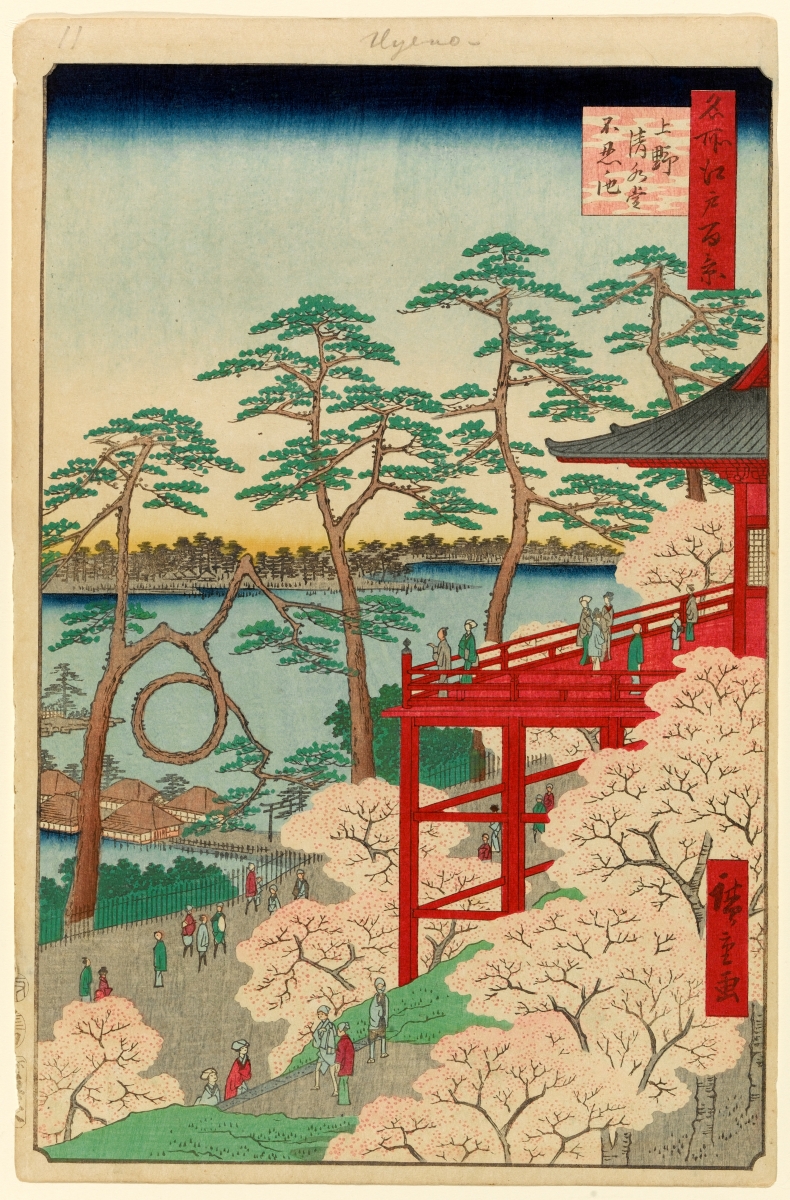 © Photo by Hiroshige
© Photo by HiroshigeOne Hundred Famous Views of Edo, Kiyomizu Hall and Shinobazu Pond at Ueno (上野清水堂不忍ノ池)
Japanese Culture Blossoms
At this time, hanami (which literally means looking at flowers) was done in the Chinese tradition with the viewing of plum (ume, 梅) blossoms. One hundred years into the Heian Period (794-1185), Japan ended the practice of sending envoys to China to study its culture and technologies, opening the way for Japan to foster its own culture and set the premises of the history of hanami.
Emperor Saga held the first sakura-viewing party, complete with food, music and poetry writing, after being struck by the beauty of a particular cherry tree at Jishu Shrine, which is currently part of the Kiyomizu Temple complex. From 831, it became a regular event at the imperial court and cherry blossom hanami spread among the aristocratic class—the Tale of Genji includes such a scene.
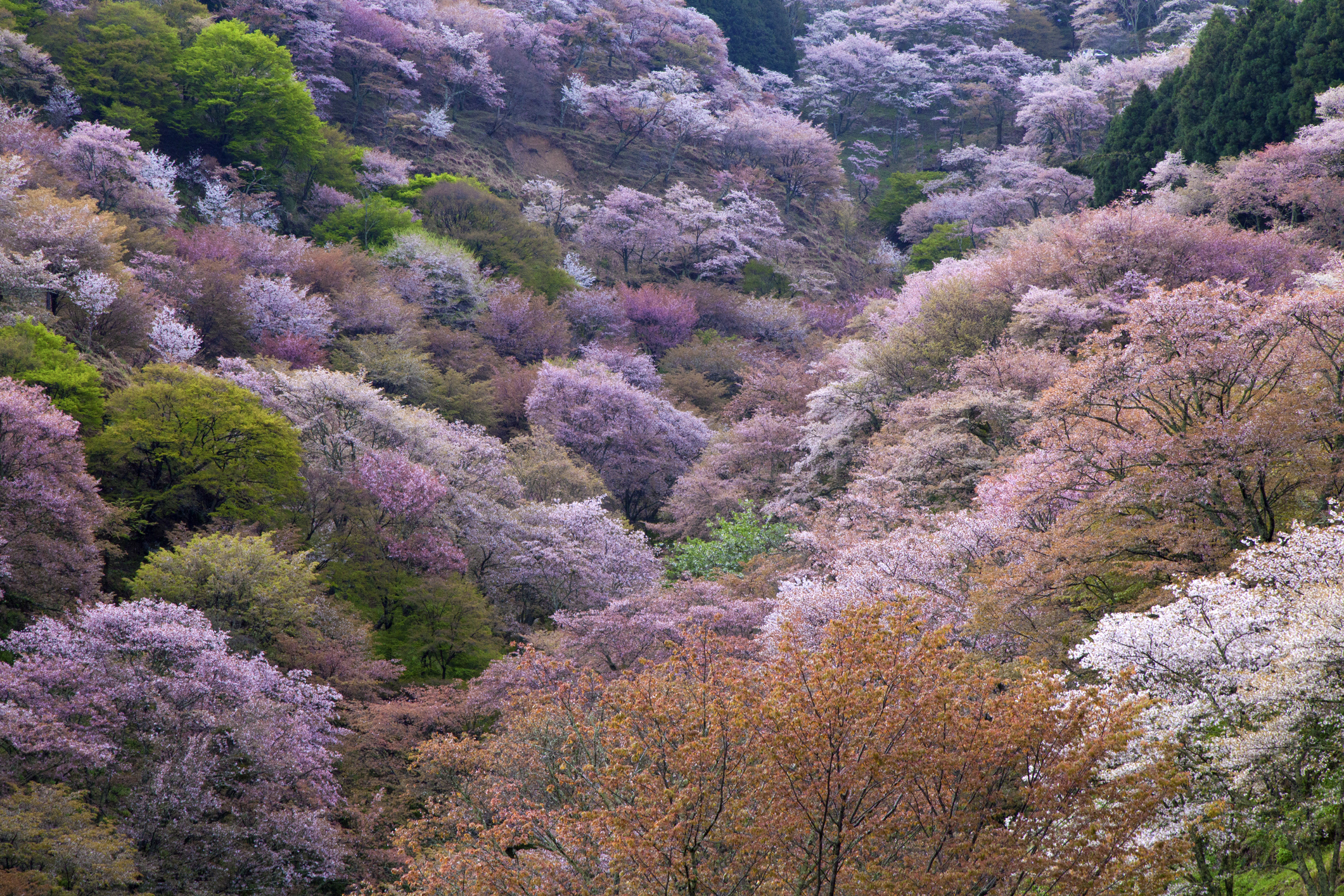
“In 1594, shogun Hideyoshi Toyotomi held a five-day hanami party for 5,000 in Yoshino, Nara Prefecture”
Two huge hanami gatherings sowed the seeds for the en masse style of hanami that we enjoy today. In 1594, shogun Hideyoshi Toyotomi held a five-day hanami party for 5,000 in Yoshino, Nara Prefecture. Four years later, he held another hanami bash for about 1,300 people at Kyoto’s Daigo Temple, where he had 700 cherry trees planted.
Blossoms For The Commoners
Shogun continued to plant cherry trees after the capital moved to present-day Tokyo in 1603. Iemitsu Tokugawa planted sakura trees from Yoshino at the Kanei-ji Temple in present-day Ueno Park, and in 1720, Yoshimune Tokugawa planted some in Asakusa and Asukayama (near Oji) as he sought to share cherry blossoms with commoners.
There is a theory that Yoshimune had cherry trees planted alongside the Sumida River in order to relieve flooding there. The idea is that the cherry blossoms brought herds of people to the riverside to see them, and their footsteps compounded the ground and hardened it enough to prevent it from being washed away. Supposedly, this is the reason why cherry trees are often found alongside rivers.
A Star Is Born
Near the end of the Edo Period (1603-1868), one of the biggest events in modern cherry blossom viewing occurred when the Somei-yoshino variety was created in Tokyo’s Komagome, which at the time was known as Somei Village. About 80% of Japan’s cherry trees are this type, which is a cultivated cross between the Ohshima and Edohigan varieties. The cherry blossom front that gets mapped and followed on Japanese TV each spring is based predominantly on the Somei-yoshino.
Cultivation of sakura varieties took off during the Edo Period, and people then enjoyed watching the successive blooming of the different types. The variety referred to in the earliest Japanese references to cherry blossoms were typically yama-zakura (やまざくら, 山桜), or mountain cherry trees.
The Japan Cherry Blossom Association says there are nine basic types of cherry trees in Japan and more than 100 varieties of those. There are a further 200 more cultivated varieties, it says. Colors range from white through to dark pink, and petal sizes and numbers can differ too. Some varieties grow to a height of only around two meters, while others can tower more than 20 meters high.
One of Japan’s three most famous cherry trees, the Miharutaki-zakura in Miharu Town, Fukushima Prefecture, is said to be more than a thousand years old and is 13.5 meters high and about 25 meters wide. It is a national natural monument.
Sakura Mapping The Archipelago
Somei-yoshino trees grow only as far north as southern Hokkaido. The sakura map in northern Hokkaido, therefore, includes Ezo-yamazakura or, in Nemuro, the Chishima-zakura. In Okinawa, the Kanhi-zakura is used.
The Meteorological Agency bases its maps and forecasts on specified sample trees. In Tokyo, the index tree is in Yasukuni Shrine. Cherry blossoms are declared to be blooming in the capital when five or more buds on this tree have blossomed. The definition of full blooming is when 80% or more of the buds have blossomed. There is a window of just less than two weeks from the start of blossoming until the flowers fall apart.
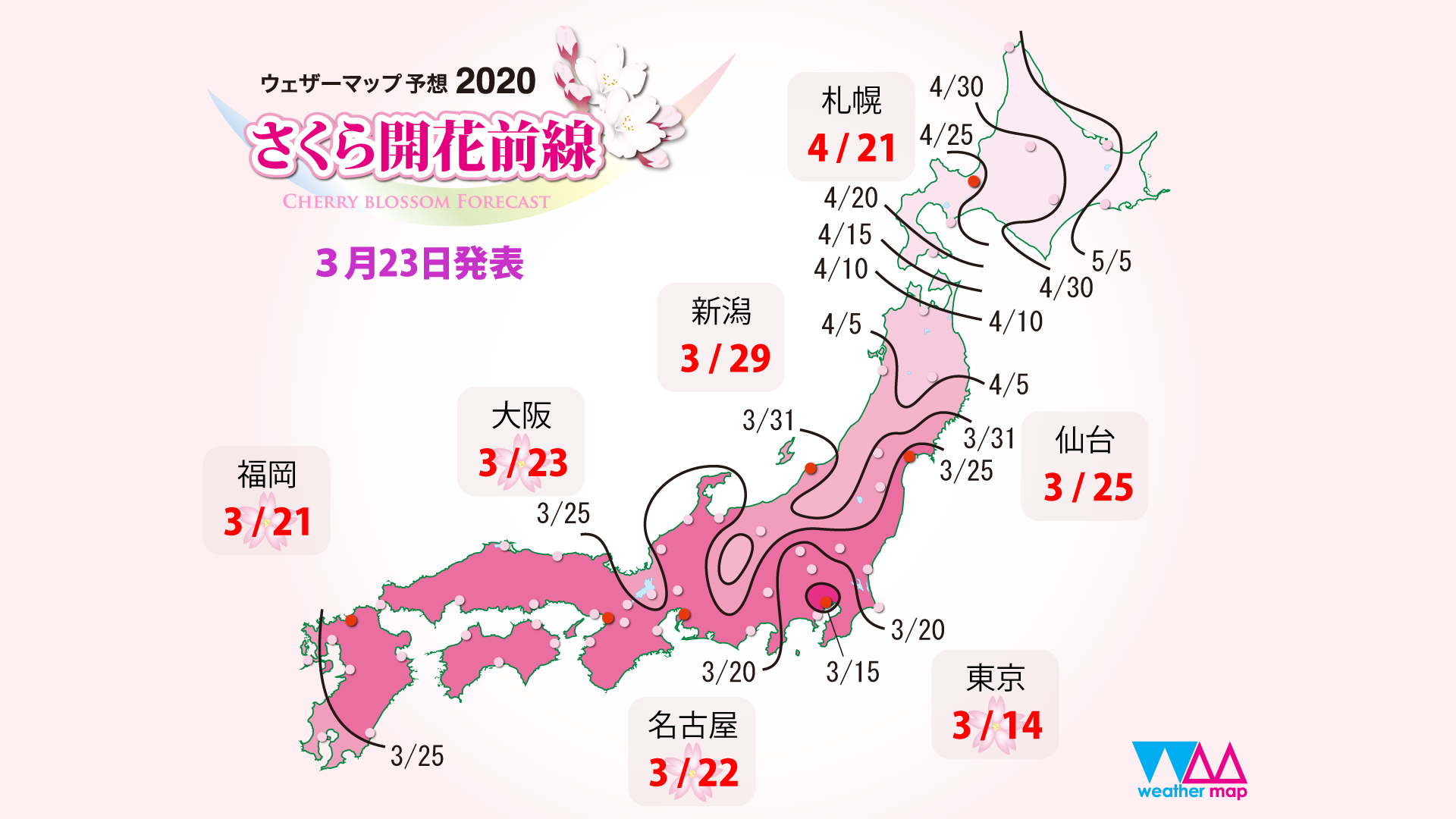
A example of sakura forecast map, delivered by weather map
Although cherry blossoms are associated with spring, Okinawa’s start blooming in January. There are also types such as the jyugatsu-zakura (じゅうがつざくら, 十月), October cherry, or fuyu-zakura (ふゆざくら, 冬桜), winter cherry, that blossom in spring and again between September and December, the Cherry Blossom Association says.
Cherry Trees In Danger
Many Somei-yoshino trees were planted after the Second World War, meaning they are now elderly. There is concern that they may die off.
Cherry trees are not very hardy, according to the Cherry Blossom Association. They do badly in dry conditions and, because their roots are not deep, they can be damaged by being stepped on or by the ground being hardened, such as by traffic or concreting. Cherry trees do not grow from seed, but from cuttings—for that reason, they are sometimes referred to as clones. This limited gene pool means that an illness or environmental change that is detrimental to one tree could actually wipe out all of them.
Added to this is the cherry’s dislike of consecutive cultivation. A cherry tree planted in the same place where one has been removed tends to do poorly. Thoroughly extracting old roots, disinfecting the ground and adding fresh soil can make replanting more successful. For the 490,000 cherry trees that are estimated to be planted along roadsides throughout Japan, such measures are probably too expensive for the public purse.
This limited gene pool means that an illness or environmental change […] could actually wipe out all of them
Just as the fleeting lives of cherry blossoms remind us of the need to spend our own short time in the world well, perhaps the trees themselves are telling us that to live well means to leave behind us something worthwhile.
Enjoy Japan’s Best Sakura In Your Own Living Room
As much as one would love to spend hours gazing at sakura flowers for a well-deserved hanami, the current coronavirus outbreak situation needs us to refrain from joining public gatherings as well as using public transports to reach the best hanami places we know. However, you still can enjoy some sakura flower beauty…with virtual reality.
The kind people at Weathernews Inc. are treating us all to some of the best cherry blossoms viewing in Japan via their ‘O-hanami VR’ webpage. If you find yourself stuck indoors this spring—or just not wanting to mingle—get your fill of sakura with these 360-degree videos.
Although the page is in Japanese, just clicking on one of the pink 再生 (さいせい, play) rectangles from the list will take you to a YouTube viewing page. Footage includes the nation’s top 10 hanami spots, Tokyo night views, Kyoto sakura spots and Japan’s big three cherry trees. Enjoy, and stay safe.

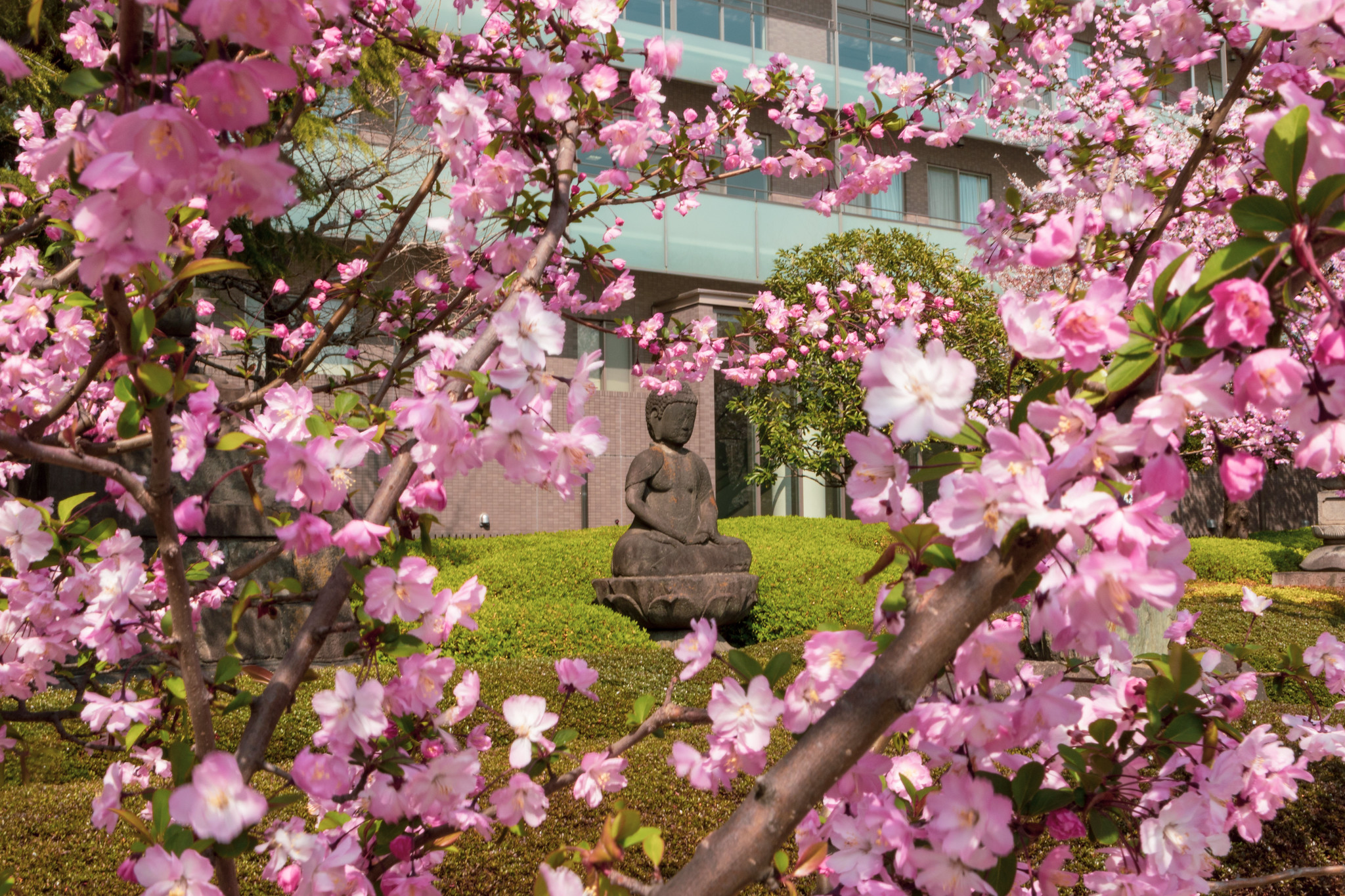
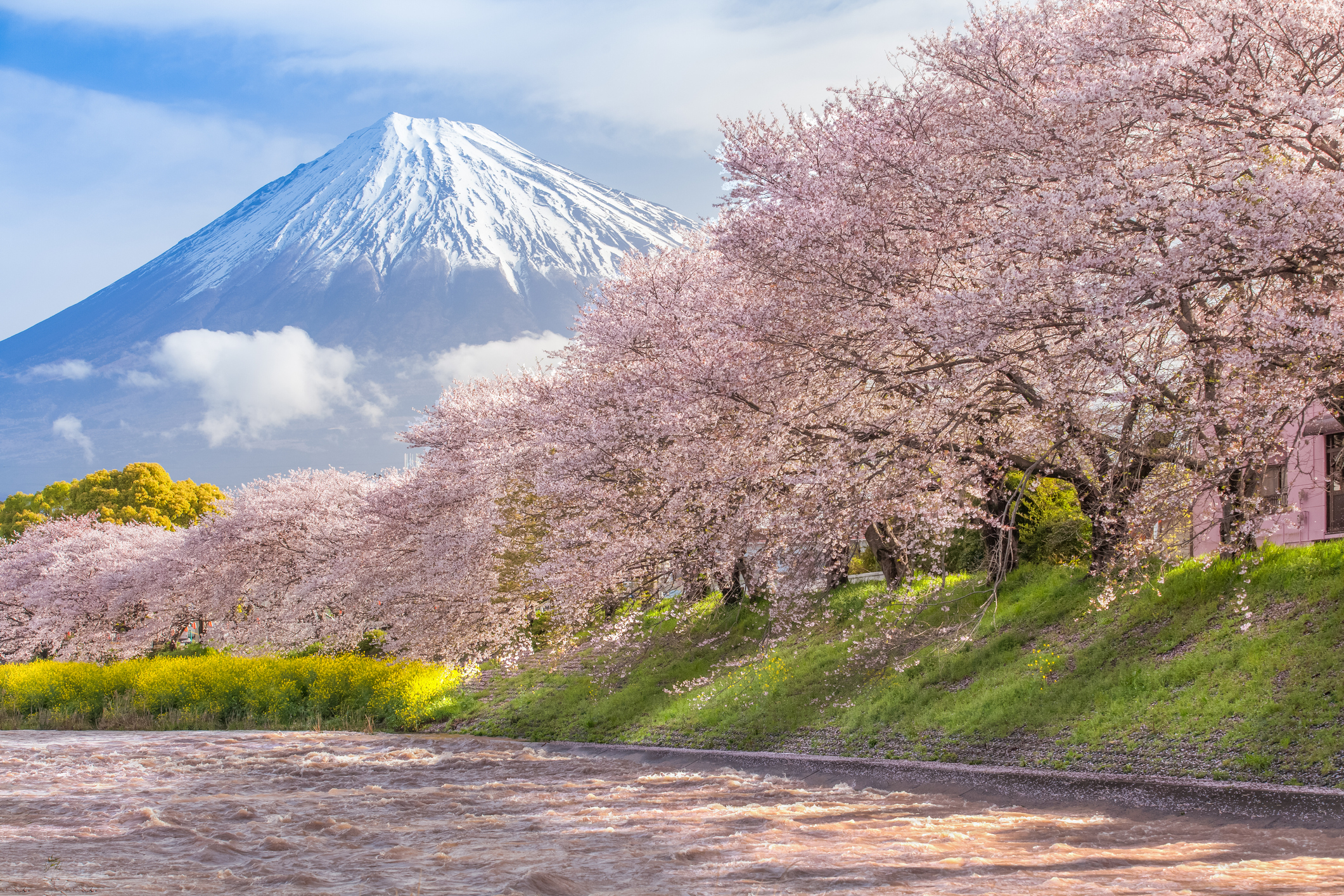











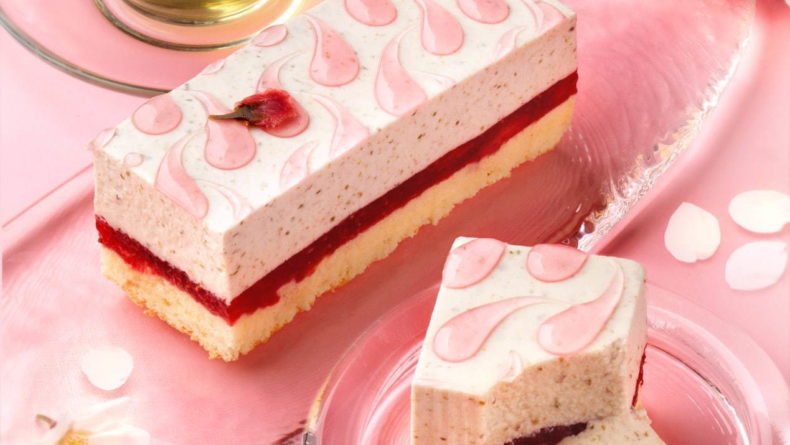
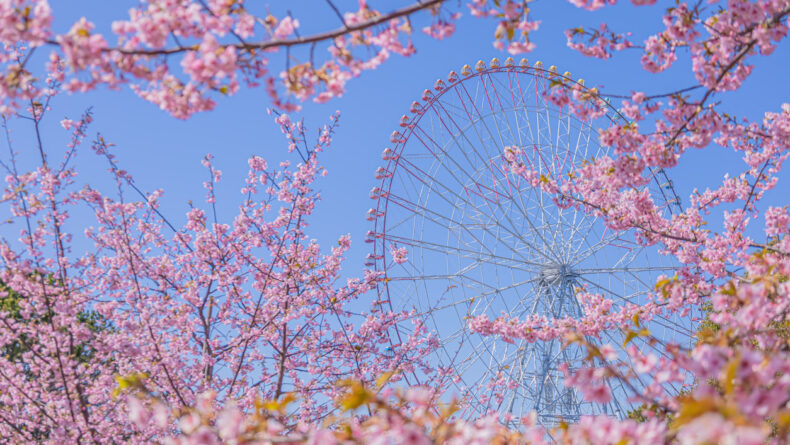
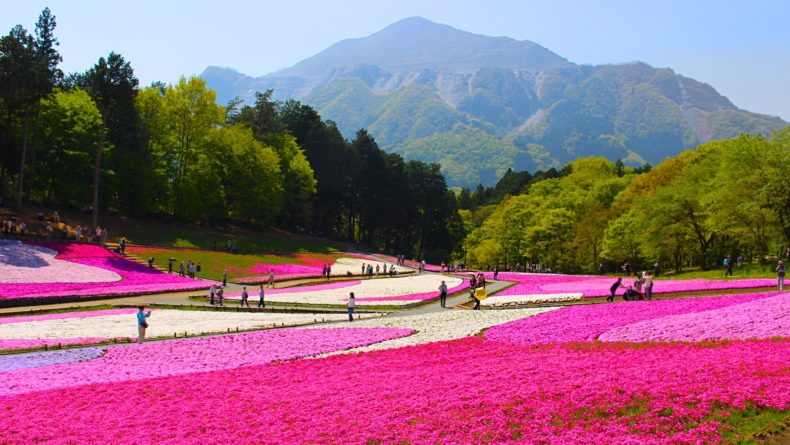
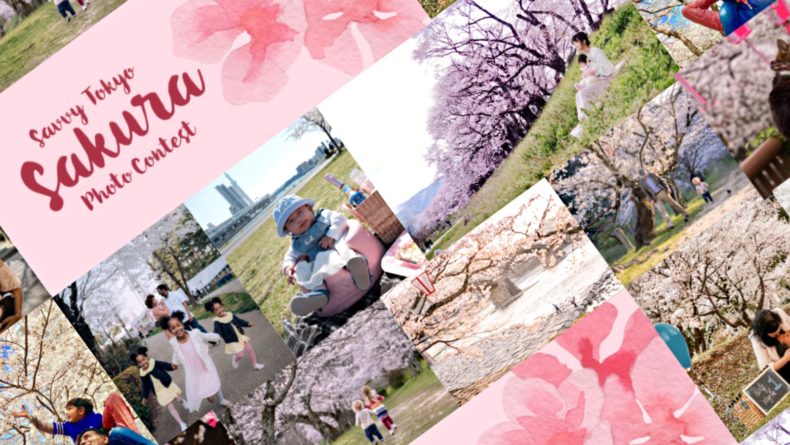
Leave a Reply